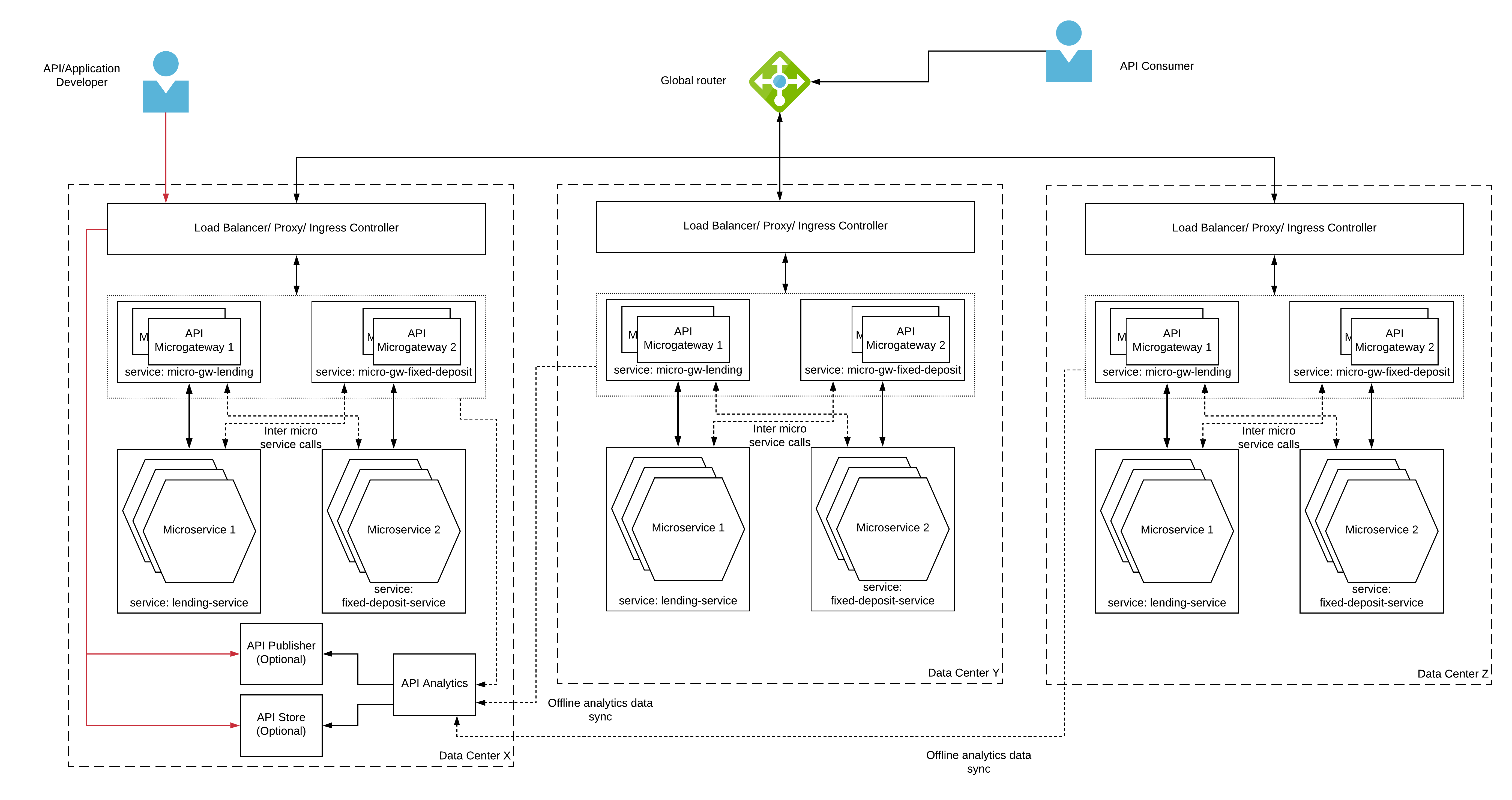Solutions Architects (SAs) are the people who convert deep technical knowledge into a format that can be understood by both technical and non-technical people. They are the bridge between product engineers and salespeople. It is so strange that there is no common knowledge base (KB) that has been shared in the open-source community related to solutions architecture.
That was the motivation for me to build such a KB which can be reused by SAs regardless of which technology stack they are working with or promoting. I have started small an initiated a GitHub repository and started contributing solutions architecture patterns which I learn from other people and learn while I’m working as a SA. Today, I have released the 0.3 version of this repository with a set of new solutions architecture patterns. Here is the GitHub repository link for this repository.
The architecture patterns which are discussed here are not my own inventions. Rather, they are common patterns we found day in day out working as Solution Architects. The below mentioned diagram is a sample architecture pattern that is described in the repository.

This repository is mainly divided into 2 categories. Those are,
- Vendor Neutral
- Vendor Specific
Vendor Neutral pattern category contains solutions architecture patterns which are not restricted to a specific vendor or technology stack. The architectures discussed here can be implemented with multiple vendors as well as with one vendor. But there are no special remarks on a specific vendor in most cases. There are some patterns that utilize specific technologies. But those are very rare.
Vendor Specific pattern category contains solutions architecture patterns that are specific to a given vendor or technology. These architecture are bound to respective vendors and their products. This is an area in which we are expecting some contributions from people working with these vendors since we have not worked with all the vendors mentioned in the repository.
We have started this project with the goal of building an open source community around solutions architecture discipline and a common ground where people can share their knowledge, ideas, and suggestions. This is still early stages and we have 65+ GH stars and 15+ GH forks as of this writing.
We would like to share an open invitation to Solutions Architects/ Engineers who works with enterprise software products and solutions to come and join with us to build a wider community around the technologies we build. You can send your contributions to the below GitHub repository link.

Thanks for the Valuable information.Really useful information. Thank you so much for sharing. It will help everyone. Keep Post.
ReplyDeleteMicroservices Online Training
Microservices Training in Hyderabad